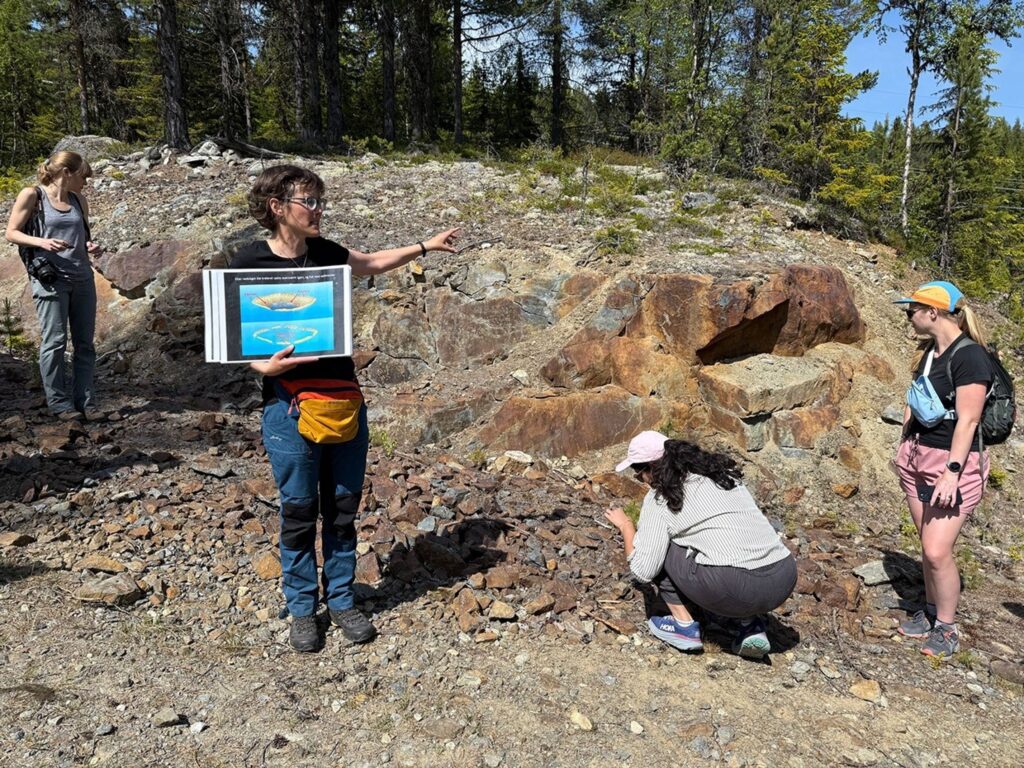
The Mars 2020 Science Team convened in June 2025 for its annual meeting, a significant event that brought together experts to discuss the latest findings, synthesize past mission data, and chart a course for future exploration of Mars’ Jezero crater rim. This gathering, held at the University of Oslo and hosted by the RIMFAX team, offered a unique opportunity to celebrate the mission’s achievements and plan for the road ahead.
During the meeting, the team focused on recent discoveries at the Jezero crater rim, with particular attention given to the spherules observed at Witch Hazel Hill. These features are believed to be crucial in understanding the origin of the crater rim rock sequence. The discussions underscored the mission’s role as one of the most capable and sophisticated scientific endeavors ever sent to Mars.
Exploring Jezero’s Geological Secrets
The meeting’s first day set the tone with an in-depth examination of the most recent discoveries. The team delved into the geological intricacies of the Jezero crater rim, a location that has been the focus of intense study due to its potential to unlock Mars’ past. The spherules at Witch Hazel Hill emerged as a focal point, providing insights into the planet’s geological history.
On the second day, updates from each science instrument team were presented, followed by a session on “traverse-scale” syntheses. With Perseverance having traversed over 37 kilometers (more than 23 miles) in 4.5 years, the team is now able to integrate and analyze datasets across the mission’s surface operations, identifying trends in the Jezero rock record over time and space.
Atmospheric and Environmental Insights
The third day of the meeting highlighted modern atmospheric and environmental investigations. These discussions were complemented by revisiting data from Perseverance’s earlier campaigns in Jezero’s Margin unit, crater floor, and western fan. The retrospective analysis provided a comprehensive view of the mission’s scientific achievements and set the stage for future exploration strategies.
The final day was dedicated to future plans for the Perseverance rover, focusing on the Crater Rim Campaign’s exploration and sampling strategy. The team also considered potential exploration sites for the rover in the coming years, emphasizing the mission’s ongoing commitment to uncovering Mars’ secrets.
Field Trip to Gardnos Crater
Following the meeting, the Science Team embarked on a field trip to the Gardnos crater in Norway. This heavily eroded impact crater, known for its impact melt breccia and post-impact sediment fill, offered a unique opportunity to study rock units similar to those expected on the Jezero crater rim. The visit provided valuable insights into the challenges of recognizing such units with the rover on Mars.
Reflecting on the meeting, Katie Stack Morgan, Mars 2020 Acting Project Scientist, expressed enthusiasm for the mission’s progress and future prospects. “Recapping our Perseverance team meetings has been one of my favorite yearly traditions,” she noted, drawing inspiration from Norwegian polar explorer Fridtjof Nansen, who famously said, “The difficult is that which can be done at once; the impossible is that which takes a little longer.”
Looking Ahead
The Mars 2020 Science Team’s meeting underscores the mission’s pivotal role in advancing our understanding of the Red Planet. As the team continues to tackle challenges and explore new frontiers, the insights gained from this gathering will undoubtedly guide future endeavors. The commitment to scientific excellence and exploration remains unwavering, as the Perseverance rover continues its journey across Mars.
As the team looks to the future, the spirit of collaboration and discovery that defines the Mars 2020 mission will continue to drive its success, ensuring that each new finding contributes to the broader understanding of Mars and its potential to harbor life.







